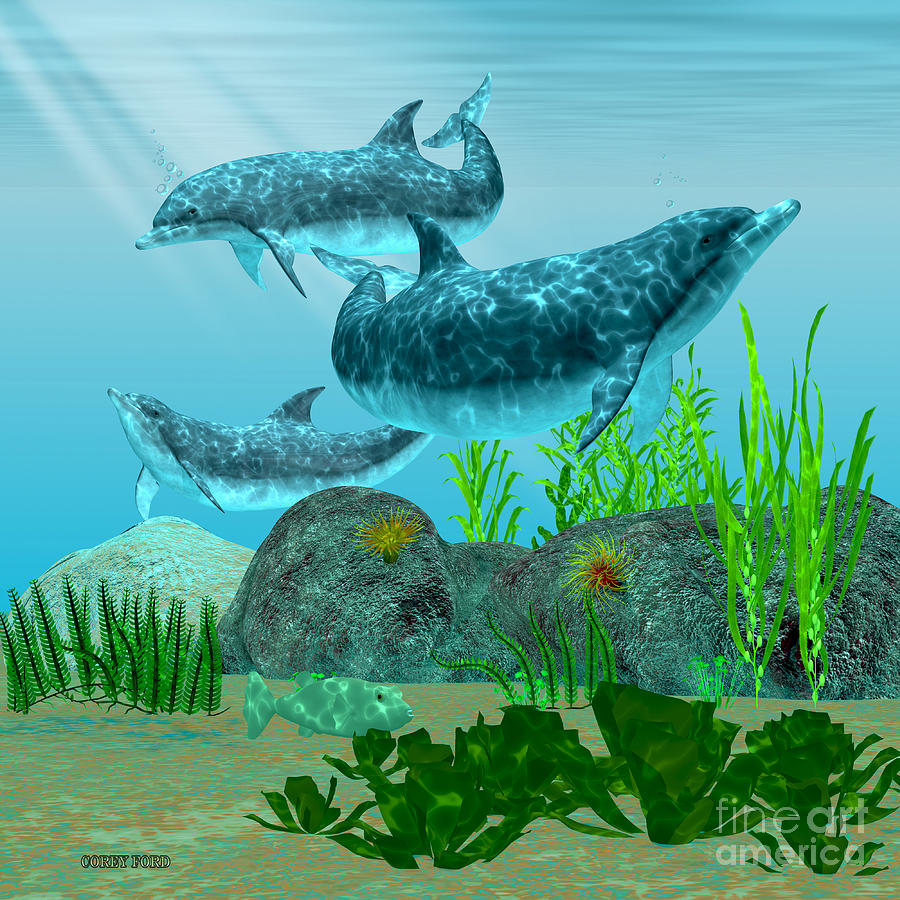Understanding the Behavior and Habitat of Striped Dolphins

Striped dolphins, scientifically known as Stenella coeruleoalba, are captivating marine mammals found in various oceans around the globe. Their striking appearance, characterized by blue and white stripes along their bodies, draws both scientific curiosity and public fascination. However, beyond their aesthetic appeal, understanding the behavior and habitat of striped dolphins is crucial for their conservation and management.

Behaviorally, striped dolphins exhibit fascinating social dynamics. They are highly social animals, often forming large pods consisting of hundreds of individuals. Within these pods, they engage in various activities such as socializing, hunting, and even playing. Their acrobatic displays, including leaps, spins, and flips, are not only a spectacle to witness but also serve important communicative and social functions within the pod.
Communication among striped dolphins is complex and multifaceted. They produce a wide range of vocalizations, including clicks, whistles, and burst-pulse sounds, which are believed to facilitate group cohesion, navigation, and hunting. These vocalizations are integral to their social structure and help them coordinate their movements and activities underwater.

In terms of habitat, striped dolphins are typically found in deep offshore waters, although they may also venture into shallower coastal regions. They prefer temperate and tropical waters, where they have access to abundant food sources such as squid, fish, and crustaceans. Their distribution spans across various oceanic regions, including the Mediterranean Sea, the Atlantic Ocean, the Indian Ocean, and the Pacific Ocean.
Despite their widespread distribution, striped dolphins face various threats, primarily due to human activities. Overfishing, habitat degradation, pollution, and entanglement in fishing gear are among the major threats to their survival. Additionally, incidental capture in fishing nets, especially in areas where gillnetting is prevalent, poses a significant risk to striped dolphin populations.

Conservation efforts aimed at protecting striped dolphins focus on several key strategies. These include implementing regulations to mitigate bycatch in fisheries, establishing marine protected areas to safeguard their habitats, conducting research to better understand their behavior and ecological requirements, and raising public awareness about the importance of conservation.
In conclusion, understanding the behavior and habitat of striped dolphins is essential for their conservation and long-term survival. By studying their social dynamics, communication patterns, and ecological needs, we can develop effective strategies to protect these magnificent creatures and ensure their continued presence in our oceans for generations to come.



